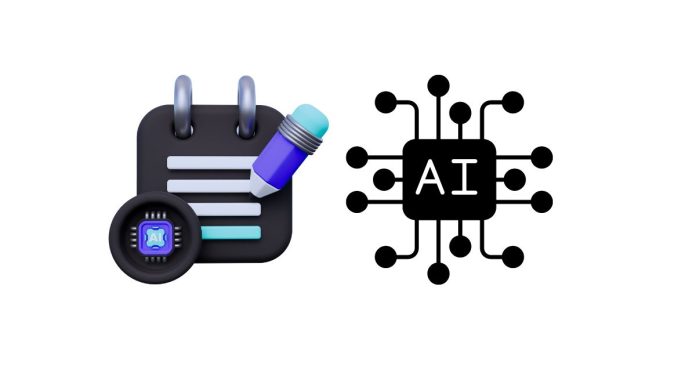Language is rich with creativity, and often, what seems like a simple sentence can actually carry deeper meanings, invoke emotion, or create vivid imagery through the use of various figures of speech. In the case of the sentence “I wore a pen in your…,” one might wonder: what figure of speech is being used here? This intriguing phrase seems a bit unusual at first glance, but once we break it down, it can be understood as an example of a metaphor or personification depending on the context.
Let’s dive deeper into these concepts and explore how such a sentence might function in creative language.
What Is a Figure of Speech?
A figure of speech is a literary device or expression used to convey meanings in a more imaginative or indirect way. Instead of using literal language, figures of speech involve comparisons, exaggerations, or representations that add layers of meaning to ordinary words. These devices often make writing or speaking more engaging, memorable, and expressive.
Some common types of figures of speech include:
- Metaphor: A comparison between two things without using “like” or “as.”
- Simile: A comparison using “like” or “as.”
- Personification: Giving human traits to non-human things or abstract ideas.
- Hyperbole: Exaggeration for emphasis or dramatic effect.
- Alliteration: Repetition of the same sound at the beginning of words in a sentence.
Analyzing the Sentence: “I Wore a Pen in Your…”
At first glance, the phrase “I wore a pen in your…” may sound puzzling. It doesn’t seem to follow a typical grammatical structure, and the literal interpretation doesn’t make much sense. However, let’s look at a few possible interpretations based on figures of speech.
1. Metaphor
The most likely figure of speech here is a metaphor, where “I wore a pen” could represent something symbolic, like carrying the tool of creation, writing, or communication in a figurative sense. Wearing a pen could imply that the speaker has embraced the act of writing or creation as part of themselves.
Metaphors often use objects or actions to symbolize deeper meanings. In this case, the “pen” could symbolize a tool of expression, suggesting that the speaker is in the process of expressing or recording thoughts, possibly related to the person they are addressing (“in your…”). The sentence, though incomplete, could evoke the idea that the speaker is symbolically “wearing” their creativity or expression, perhaps in a poetic sense.
For example, if the sentence were completed as “I wore a pen in your memory,” it would suggest that the act of writing or creating is directly tied to the other person, possibly indicating how the speaker memorializes the other person through writing.
2. Personification
Another interpretation could be personification, where the pen is given human-like qualities. The act of “wearing” a pen might imply that the pen is not just an object but something that holds importance in the speaker’s life, almost like a companion or a part of their identity.
For example, if the sentence were “I wore a pen in your thoughts,” the pen might be personified as something that “carries” or is “present” in the other person’s thoughts. The pen, in this case, could represent a memory or a connection that lingers in the person’s mind.
3. Hyperbole
There’s also the possibility of hyperbole, or exaggeration, where the phrase is an overstatement meant to emphasize how important the pen or writing is in the context of the relationship. Perhaps the speaker is exaggerating how essential or omnipresent writing is in their life, and by “wearing” the pen, they are emphasizing its significance in relation to the other person.
4. Ellipsis and Incomplete Thought
It’s worth noting that the sentence “I wore a pen in your…” is unfinished, which leaves room for various interpretations depending on how it is completed. The ellipsis (“…”) suggests that there’s more to come, which can be an intentional literary technique used to create suspense or allow readers to fill in the gaps. This could contribute to the figurative language used, depending on what the missing words convey.
The Power of Figurative Language
Figures of speech, like metaphors and personification, enrich our language by making it more vivid and emotionally resonant. When someone says, “I wore a pen in your…,” they may not literally mean they wore a pen, but instead, they are using the pen as a symbol or tool of deeper meaning, connection, or creativity. By interpreting these figures of speech, we can uncover layers of emotion and insight in the simplest of phrases.
In the case of the phrase “I wore a pen in your…,” the sentence likely makes use of a metaphor, personification, or even hyperbole, depending on its context and completion. Language is full of possibilities, and figurative language allows us to express ideas in unique and powerful ways. Next time you come across an unusual sentence or expression, remember that it might be a clever use of a figure of speech meant to convey something far beyond the literal interpretation. Understanding these devices opens the door to a more creative and meaningful use of language, both in writing and in everyday speech.


